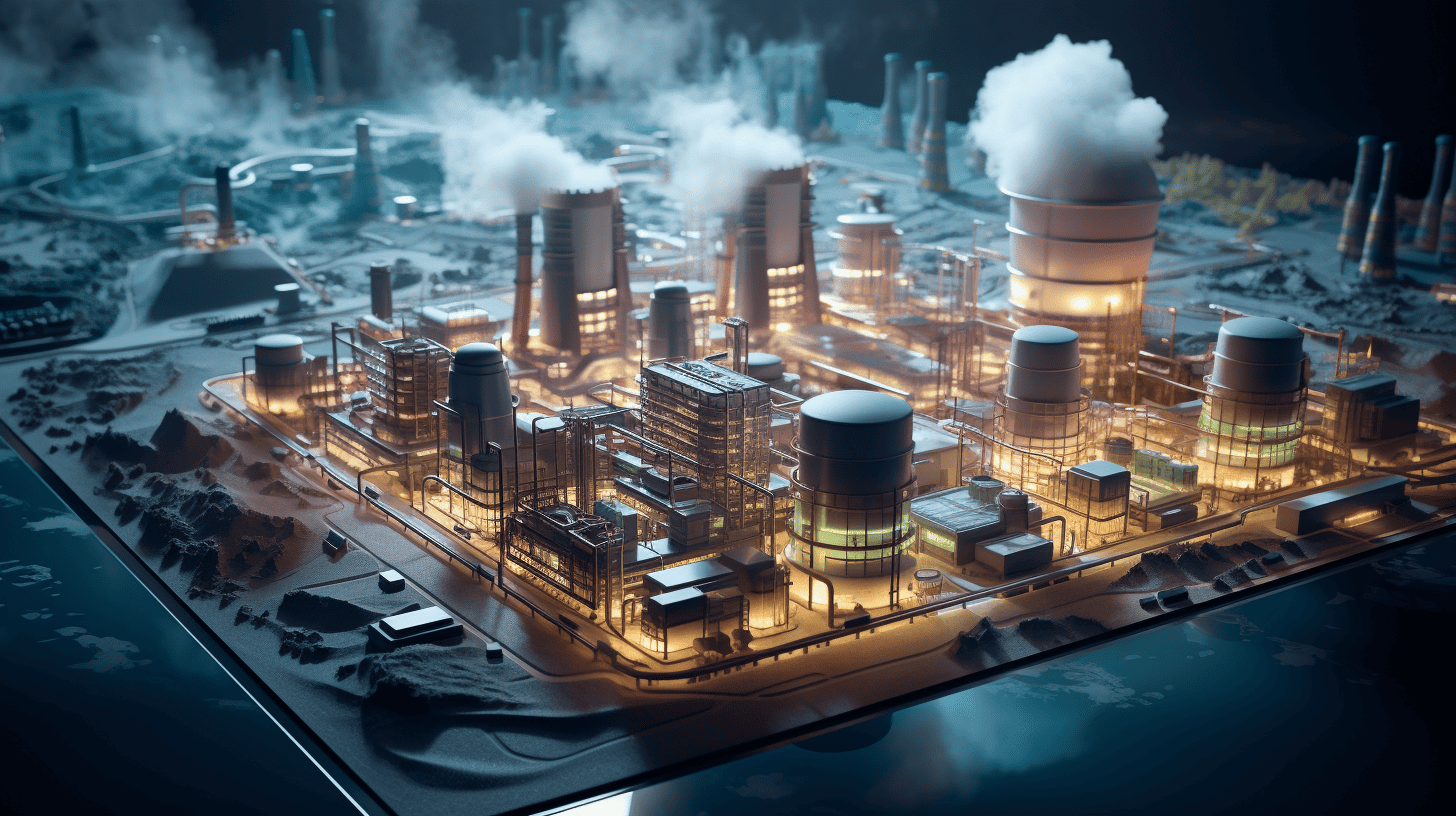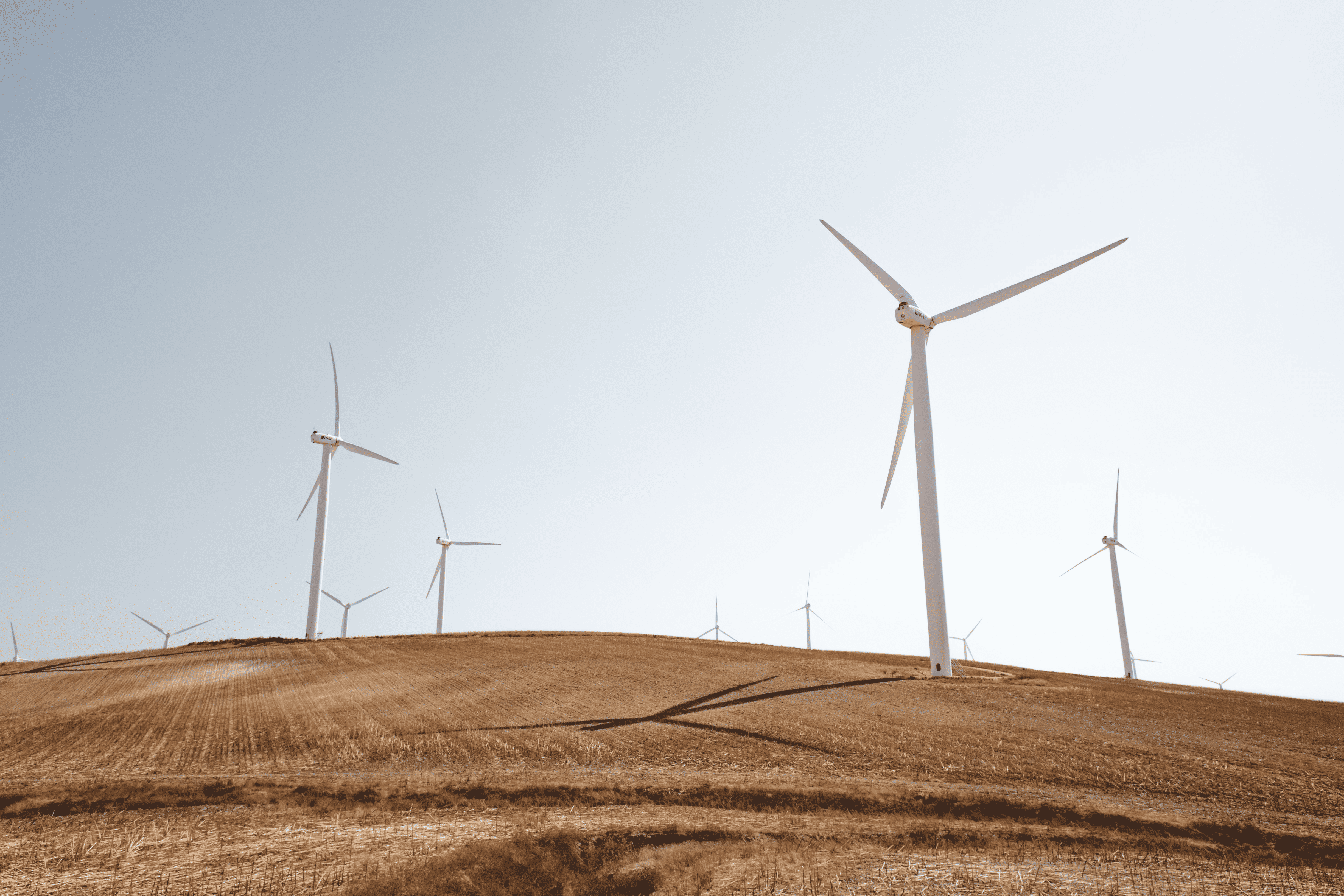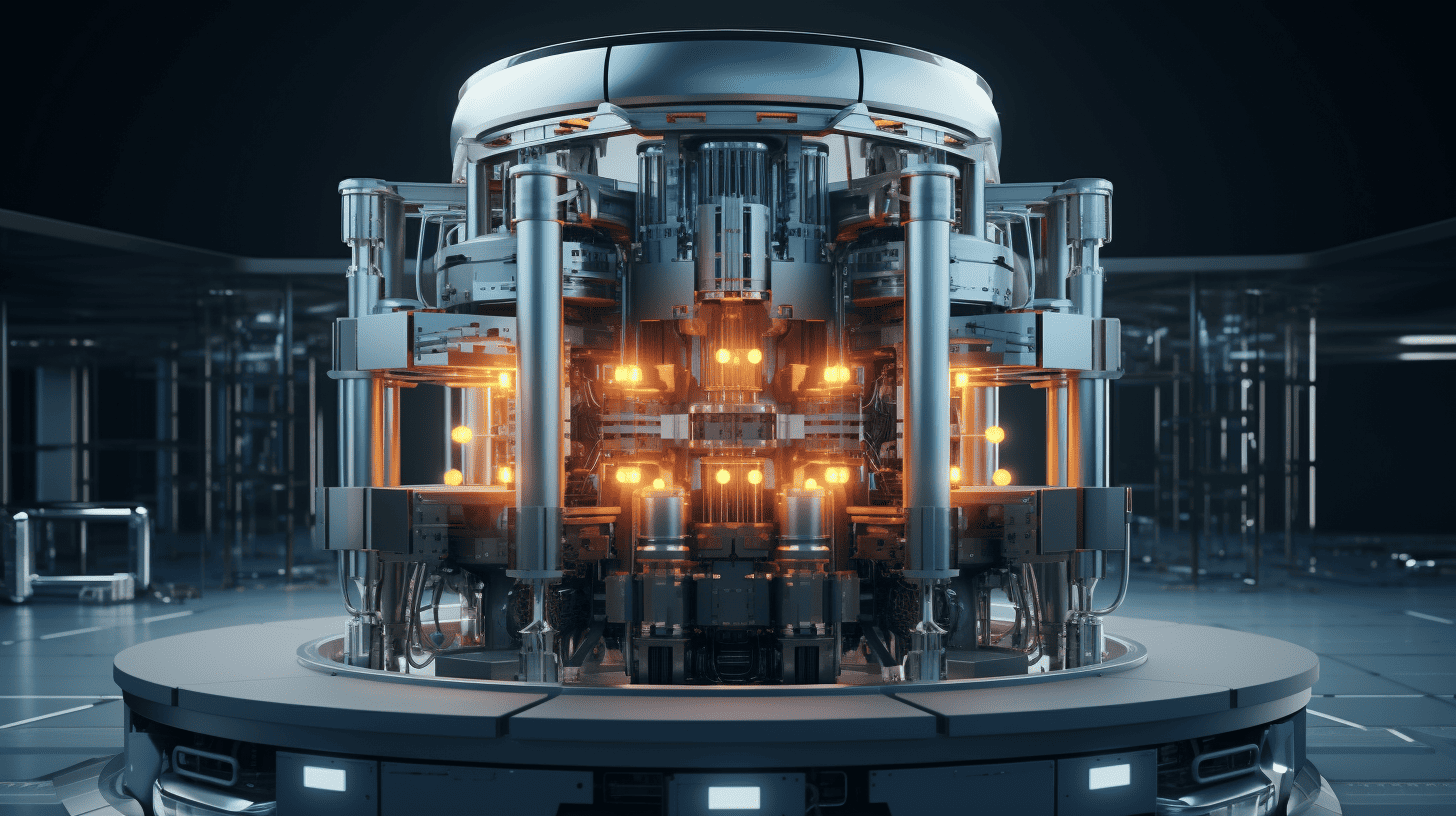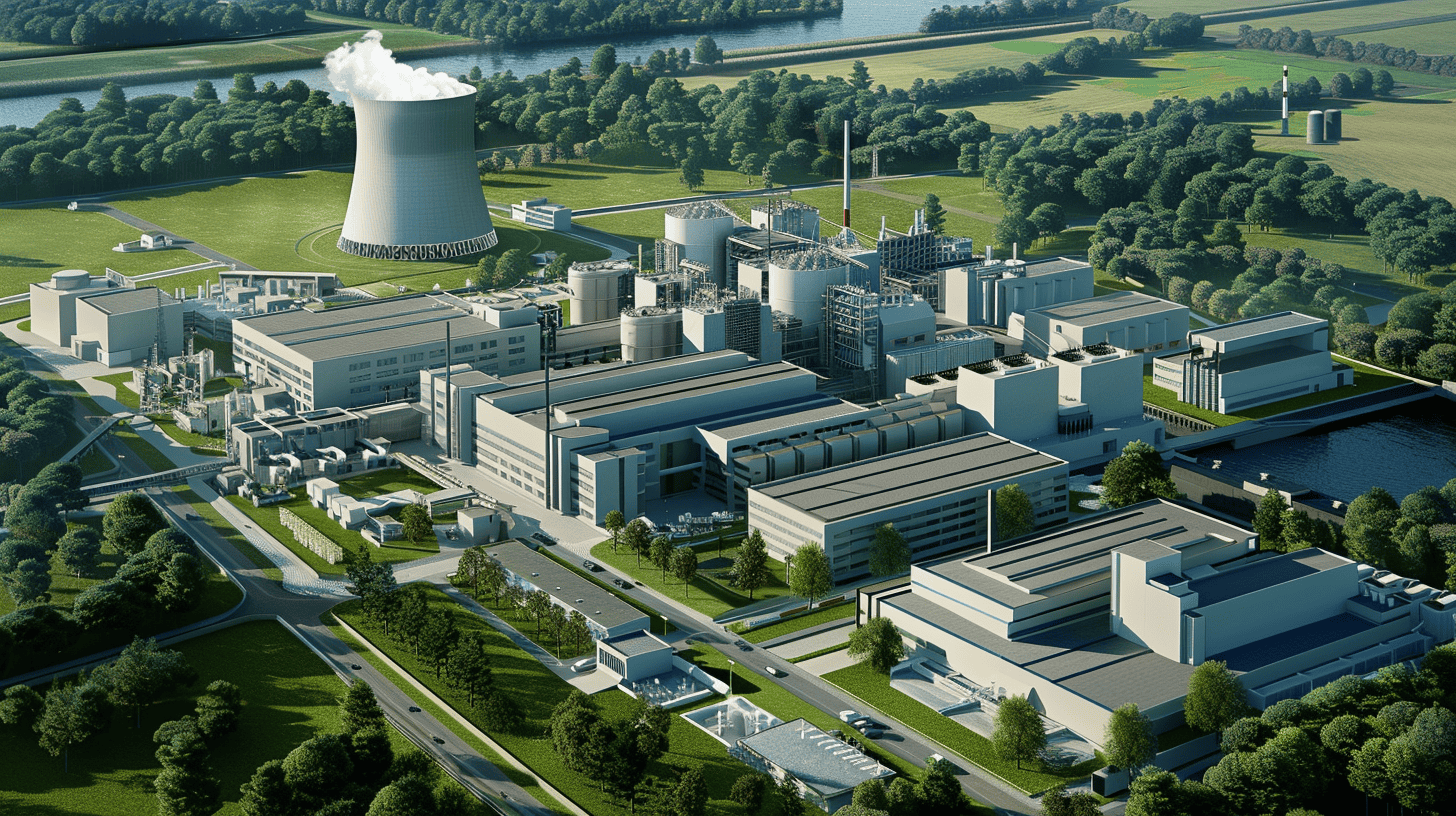
Spain has resolved to shut down its seven nuclear reactors by 2035, sparking discussions across Europe on the future of nuclear power amidst climate change challenges. The decision, coinciding with a rise in renewable energy project timelines, juxtaposes the nation’s stance with Europe’s mixed nuclear policies. With Germany ceasing its nuclear operations earlier this year and France aiming to reduce its nuclear reliance, Spain’s move reflects a significant shift in energy strategy. The long-term implications for energy security and environmental policy remain a focal point for European voters as the continent grapples with the balance between sustainable energy and energy independence.
Navigating the nuclear dilemma
Spain’s commitment to decommissioning its nuclear plants by 2035 aligns with a broader European trend towards rethinking nuclear energy’s role in the future energy mix. The Spanish government’s decision comes at a time when the debate over whether nuclear should contribute to the climate change solution intensifies. While some European countries acknowledge nuclear power’s low carbon emissions, others express concerns over radioactive waste and the risks associated with nuclear energy.
The financial roadmap for Spain’s nuclear phase-out includes a hefty 20.2 billion euros for managing radioactive waste and dismantling the plants. This cost will be covered by a fund supported by the plant operators. In the electoral sphere, the future of Spain’s nuclear plants was a contentious topic, with significant opposition from business lobbies and conservative parties who favored extending the use of these plants.

The renewable energy pivot
As Spain prepares to sunset its nuclear capabilities, wind and solar energy are surging to the forefront. The country has recently installed over 2.4 GW of new solar capacity, making solar power the cheapest energy source by 2022. Additionally, Spain boasts over 27 GW of wind power capacity, satisfying more than a fifth of its electricity demand. The government’s strategy to increase renewable energy installations is evident in the extended deadlines for developing new green energy projects, now up to 49 months.
Renewable energy auctions in Spain have adapted to include qualitative criteria, considering social and environmental standards. This shift underlines a commitment to prioritising sustainable and ethically produced energy sources. The Spanish government’s aim is for 42 percent of its final energy consumption to come from green power by 2030, highlighting a significant ambition to transform its energy landscape.
Challenges in the transition
However, the drive towards renewables does not come without its challenges. Questions linger about Spain’s plan for replacing nuclear capacity with renewable sources while maintaining energy security and meeting demand. The nation’s energy strategy post-nuclear phase-out requires a robust framework to ensure a smooth transition. The details of this plan, including how Spain intends to scale up renewable energy to compensate for the nuclear shortfall, remain critical for understanding the full scope of the phase-out.
The economic ramifications are also a major concern. The long-term impact on energy prices for consumers and businesses has not been fully explored. While the initial costs of dismantling nuclear plants are accounted for, the broader economic effects, especially on energy prices and the overall economy, merit closer examination. This includes the potential for increased energy costs and how they might influence Spain’s competitive position in Europe.

Looking ahead
The decision by Spain reflects the complexities of energy policy in the 21st century. As countries navigate the trade-offs between energy security, economic stability, and environmental sustainability, Spain’s nuclear phase-out signifies a bold step towards a greener future. The years leading up to 2035 will be critical for assessing the efficacy of Spain’s energy transition and its implications for the European energy landscape. The success of this ambitious endeavor will depend on careful planning, execution, and likely, continuous adaptation to the evolving global energy dynamics.






